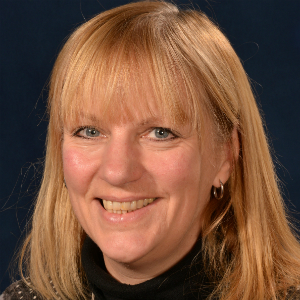
Childhood can be an incredible journey when children and young people are exposed to many new situations and challenges. For some this journey will be relatively unproblematic while for others the journey will be complex. Children and young people are unique; it is therefore often difficult to predict how they may react to difficult situations.
I recently met a group of young people who shared their life experiences with me. They clearly articulated the importance of support during early adolescence particularly during the transition from primary to high school. One of the young people shared her story with me and gave permission for me to share it with you;
”Midway through primary school my parents split up – it was not a great time, they were always arguing and speaking in hushed voices. I felt alone. So at school I became that girl who danced on the table, couldn’t or wouldn’t sit still or keep quiet – I wanted to be noticed, I wanted attention. I was labelled as disruptive and I lived up to it. My label defined me and defined my loneliness.
“When I moved to high school I just wanted to fit in, I craved friends and wanted to be part of a crowd. My label followed me, I became withdrawn and now my quietness was seen as being awkward and difficult.
“I began self-harming at 12-years-old, and by 14 I had developed an eating disorder. When we had our HPV jab, the school nurse noticed the cuts and my skeletal arm. She asked if I was ok and she opened the floodgate – this was the opportunity I needed and I took it. I was referred to CAMHs by the school nurse. At 19 I consider myself to be a recovering anorexic - I knew at 7 I was going off the rails but I just didn’t know where to get help”
Navigating through health and care systems as an adult can be tricky; however seeking advice or early help can feel daunting as a young person, particularly when they are facing challenges or uncertainty. School nurses have a crucial role to play as the lead professionals in coordinating and delivering the Healthy Child Programme 5 to 19. School nursing teams often provide the interface between child, parent and school. They promote and support children and young people so they are better equipped to address challenges and to become more involved in their own health and wellbeing.
For some young people early adolescence can be an exciting time – time to make new friends and to progress towards self-determination, for others it can create anxiety, uncertainty and isolation. School nursing teams can highlight the importance of transition from primary to secondary school a crucial stage that offers an opportunity to provide support and advice.
There is good evidence that the outcomes for both children and adults are strongly influenced by factors that operate during these years, particularly as they take more control of their own health and wellbeing, including making diagnosis and choices about their health.
While school nurses are the lead professionals for this population, other professionals and agencies have a role to play. ‘Early adolescence – Applying All our Health’ provides them with evidence and tools to:
- understand the needs of individuals, communities and population and the services available for children and young people
- think about the resources to support healthy lifestyles available in the health and wellbeing system
- understand specific activities which can prevent, protect, and promote healthy lifestyles
Joint working will ensure young people have access to a range of support and provide opportunity to improve access or signposting. School nurses, as the lead professionals, provide ‘visible, accessible confidential’ services and are well placed to make the early adolescent journey if not a smooth one, perhaps one with a few less bumps.
Resources:
- Emotional Health and Wellbeing pathway
- 456 model and School Nurse High impact areas
- All Our Health
- Health literacy
- Impact assessment toolkit
Wendy Nicholson is Lead Nurse for Children, Young People and Families at Public Health England
